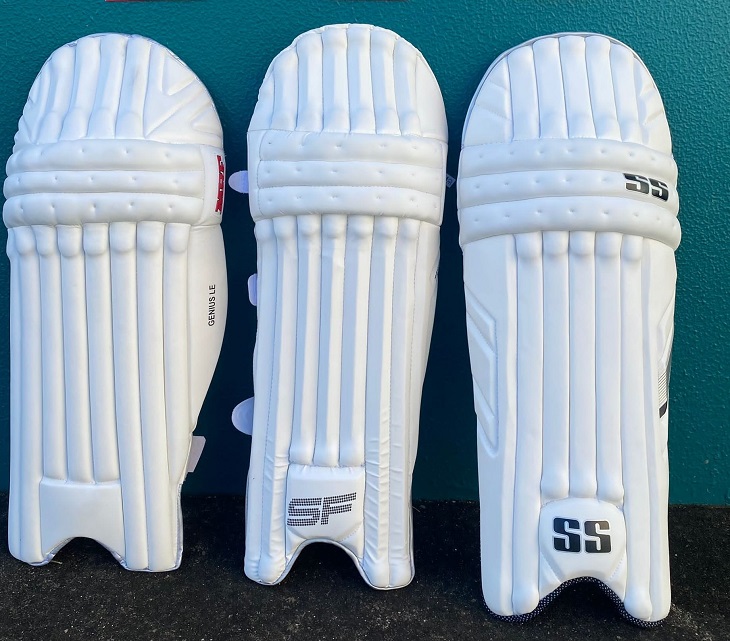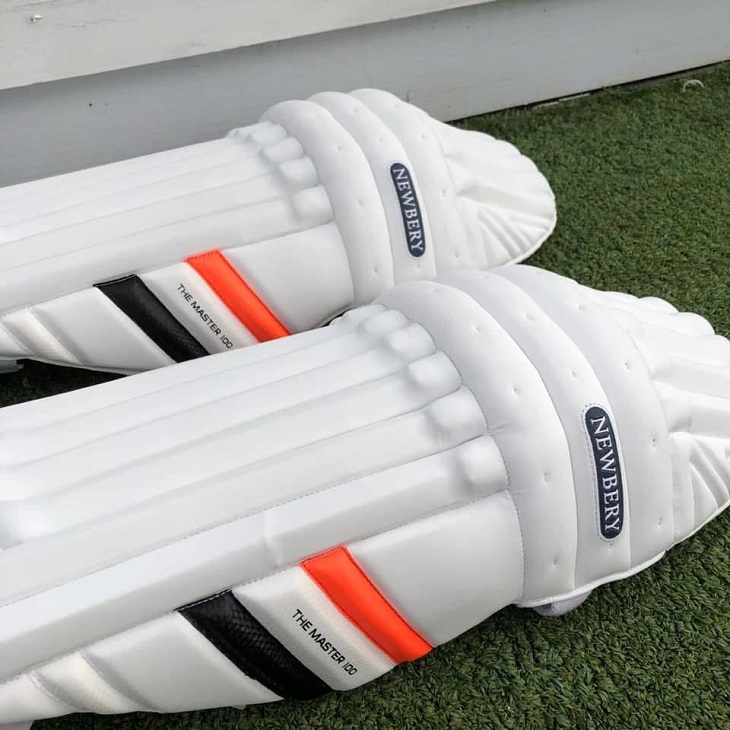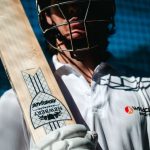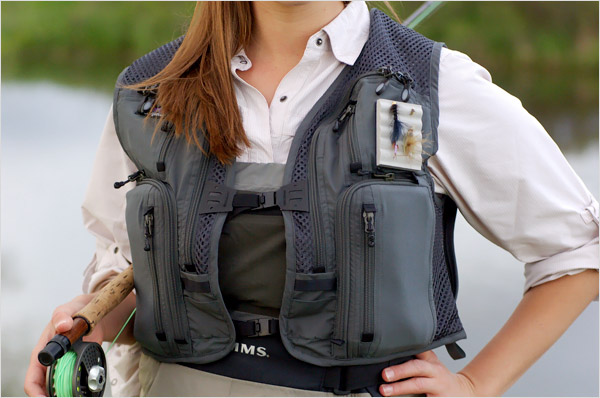Leg guards or pads are essential pieces of equipment for batters and wicketkeepers. Their primary function is to protect your legs from the ball’s impact. They provide the most protection below the knee and are strapped to the user’s legs. Cricket pads come in various sizes, from junior to senior, and all have a similar look and design.
Batters can choose between left and right-handed batting pads that fit their stances, while wicketkeepers have a standard fit.
The Anatomy of a Cricket Pad

Since there are different types for different purposes, understanding the basics will help you find high-quality batting pads faster.
Top Hat
The top hat is placed above the knee roll. This part of the leg guards protects the lower thigh from cricket ball impacts. Because this isn’t the thickest part of the pad, it doesn’t provide the best protection. Some pads have detachable padding that can be added to increase protection. However, this part is usually very small on wicketkeeping pads so that movement is not restricted.
Knee Roll
When it comes to the knee roll, it has two primary functions. First, it provides additional protection to the knee and knee cap. The thicker protection is necessary because this is a vulnerable part of the leg. The pad’s second purpose is to allow it to bend with the user’s knee. This part’s high-density foam padding runs horizontally, making it easy to spot. On the other hand, wicket keeping pads do not have this feature. Because the keeping pads are smaller, there is no need for them to flex.
Wings
Batting pads have wings on the outside of the leg to provide additional and all-encompassing protection. Batting and wicketkeeping pads both have wings, but their sizes differ. Cricket pads’ wings are typically larger than wicketkeeping pads’ ones. Ambidextrous pads are one thing to look for. They have wings on both sides of the pads, which are great for protection but add to the overall weight of the leg guards. Ambidextrous is good for a general kit bag but not for personal use.
Face
This is the most substantial part of the pad that provides the ultimate protection of users’ legs from the ball. Typically made up of vertical sections, there are minor differences between cricket pads’ faces made from different brands, but the overall design is the same. Each of these sections has a cane shaft that helps to keep the face rigid and strong. This is encased in padded materials such as high-density foam, which acts as an excellent shock absorber. The face is usually white, but in shorter format games such as T20, it can be any colour.
Straps
The straps of cricket leg guards have gone through enormous advancements in recent years. These used to be made of leather and secured with a buckle at the end. They looked like mini belts, which added to the weight and made it difficult to fit them perfectly to the leg due to the buckle holes. The straps are now made of nylon and have long Velcro tabs to customise the individual wearing them. Each leg guard features two to three straps, depending on the brand. However, wicket keeping pads only have two layers because of their smaller size.
How to Find the Right Cricket Pad Size

It is a good idea to know what size pads you are looking for before hitting a reputable cricket store. Choosing the right size is critical for maximum comfort on the field. Thus measure from the centre of your knee to your instep-the part where the tongue from your shoe would be. Once you take these measurements, keep in mind that different brands may have slightly different definitions of what measurements mean in terms of sizing. For instance, some manufacturers have 41–44cm long adult pads, while others make adult pads that are 42–44cm long. This is especially helpful if you’re about to make an online purchase.
How to Choose the Ideal Pad Material
Most traditional pads for cricket are made of leather. Even when properly cared for, these pads are not very long-lasting, and they are also very expensive.
Polyurethane (PU) and PVC are the most common materials used in today’s cricket pads. These materials produce lightweight batting pads without sacrificing durability while providing the protection you need to avoid being battered and bruised by a rock-hard ball. PU and PVC pads are also simple to maintain and clean.
On the other hand, cotton and cane are the most commonly used materials for the interior of modern cricket pads. Some models even include carbon or Kevlar inserts for added protection, but this is probably overkilling unless you’re a serious player. The most common styles of pads also include plenty of foam padding. This padding provides additional protection and adequate comfort.
Cricket Pads: Proper Care & Maintenance
Because cricket equipment is expensive, it makes sense to take proper care of it to last as long as possible. To keep your pads in good shape, wipe them clean after each game or net session and pack them into your duffle bag or wheelie.
Your batting pads’ lifespan can be shortened by moisture from your skin and sweat. After batting, make sure they are completely dry before putting them in direct sunlight. If you leave your pads out in the sun, they will dry out and harden, completely ruining them and forcing you to spend even more money.



















